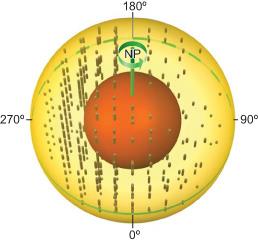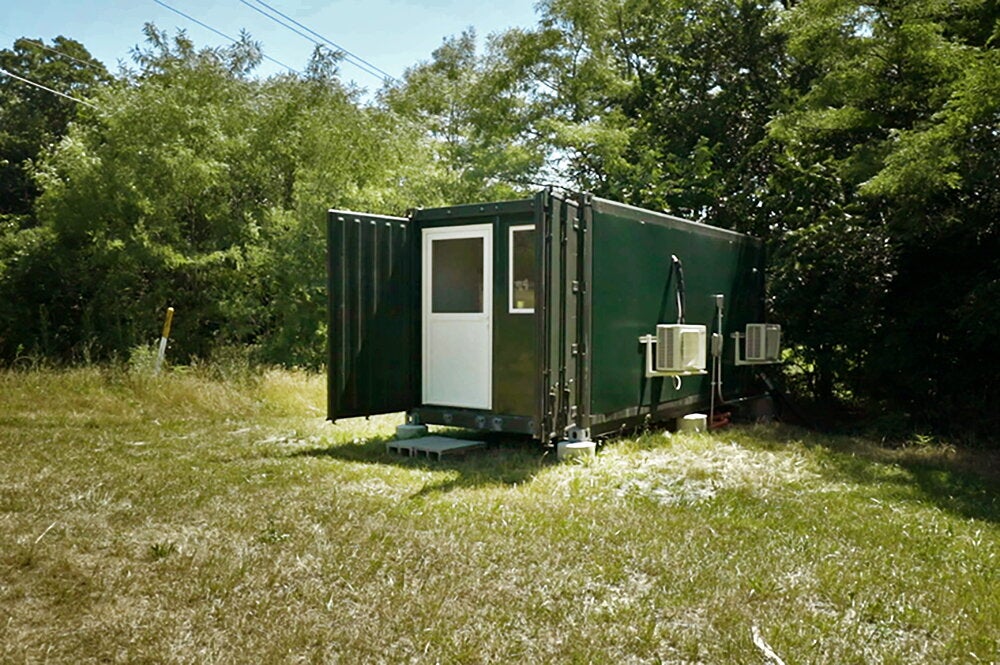

Many scientists have theorized that there is a second, deeper core buried within Earth's solid inner core. But now, for the first time, LAS scientists have confirmed it, creating a three-dimensional model that shows the Earth's "inner inner core."
"For many years, we have been like blind men touching different parts of the elephant," says U of I geologist Xiaodong Song. "Now we have a sense of the entire elephant and see what the inner core of Earth really looks like."
Using both current and long-standing data, Song and research associate Xinlei Sun painstakingly probed the shape of the Earth's core. The Earth's solid inner core, which is composed mainly of iron, is about 2,440 kilometers (1,525 miles) in diameter and plays an important role in the geodynamo that generates the Earth's magnetic field. What Sun and Song detected was the presence of an inner inner core of about 1,180 kilometers (733 miles), slightly less than half the diameter of the inner core.

In addition to the two inner cores, the Earth also has a fluid outer core about 7,000 kilometers (4,350 miles) in diameter.
To detect and create an image of the inner core, Sun and Song studied seismic waves created by earthquakes and traveling in all directions through the Earth's core. According to the researchers, the core is elastically anisotropic, which means that seismic waves move at different speeds along different directions.
However, they found there was a distinct change in the inner core's anisotropy, clearly marking the presence of a deeper, inner inner core.
"The inner inner core may be composed of a different phase of crystalline iron than the inner core, or it may have a different pattern of alignment," Sun says.
"This is the first time we have been able to piece everything together to create a three-dimensional view of the inner core," Song adds. "This view should help us better understand the character, mineral properties, and evolution of Earth's inner core."


